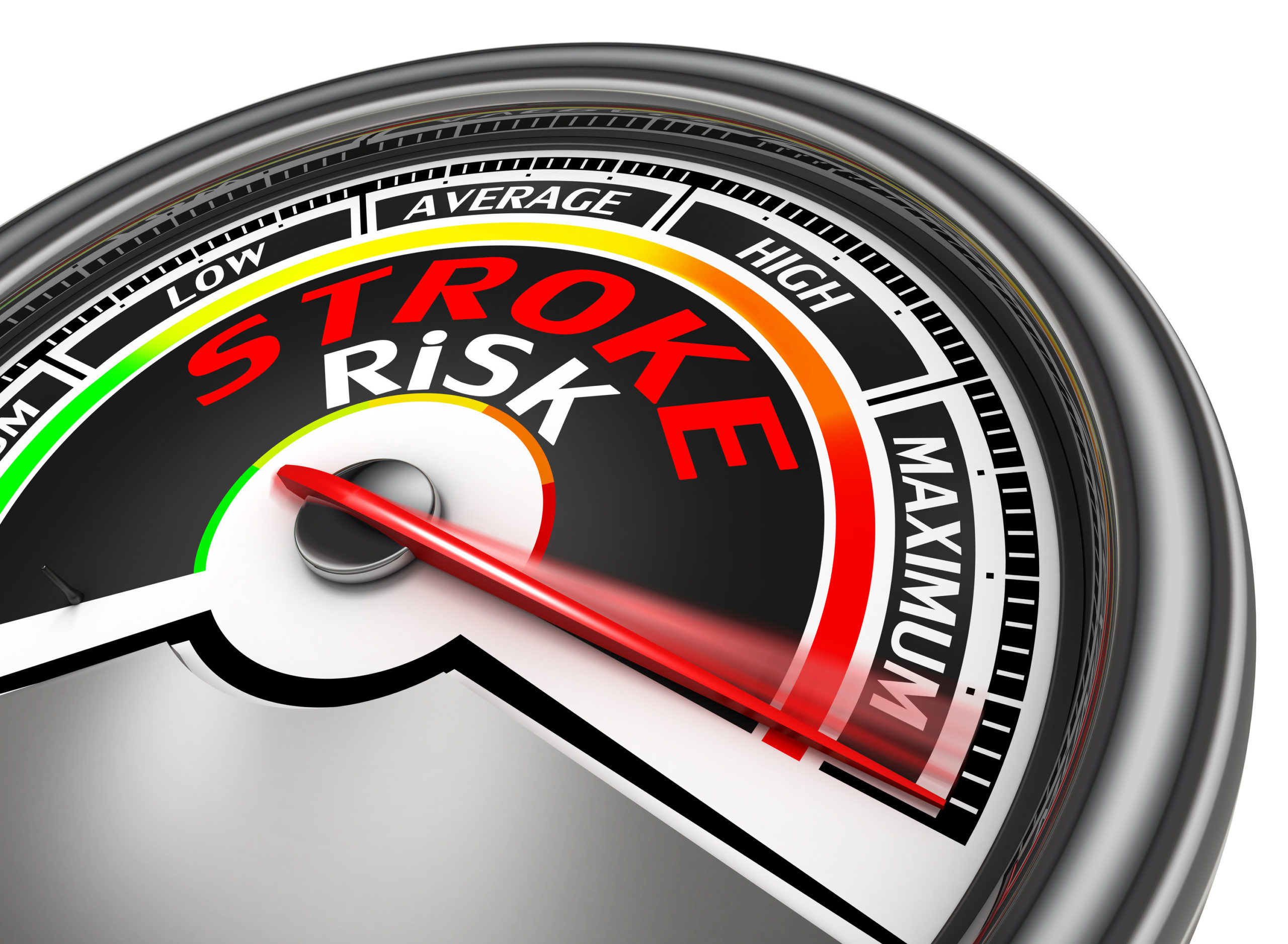The five stroke risks you can’t control—and the five you can
Someone in the United States has a stroke every 40 seconds, and every four minutes someone dies of a stroke, according to the American Stroke Association. However, over the past 10 years, the death rate from stroke has fallen about 35% due to increased awareness of stroke risks and treatment options. Several of the risk factors for strokes can be controlled and treated so having an understanding of these factors is helpful.
Here are five stroke risk factors that you can’t control and five that you can control or treat.
Risk factors that are part of life
Being aware of an increased risk of stroke can help you be more vigilant. In many cases, people having a stroke do not feel pain and are not aware they are having a stroke. The longer treatment is delayed, the more damage can occur. Here are some of the risk factors that naturally occur.
Increased age
The incidence of stroke increases with age. People who are 55 and older are at greater risk of having a stroke than people who are younger. This does not mean that people under 55 don’t have strokes. It is just less common.
Family history
If a parent, grandparent, sister or brother has had a stroke, your risk of having a stroke is increased. This is especially true if the family member was under the age of 55 at the time of having a stroke. Some strokes are caused by a genetic disorders, which can be shared by family members.
Race
African-Americans have a higher stroke rate than other races. Hispanics and Latinos also have unique stroke risks. It is important that care is taken to have a healthy lifestyle if you are one of these races.
Gender
Women have more strokes than men and more women die from strokes than men. Women with increased estrogen levels from pregnancy and childbirth are at greater risk. In general, women live longer than men and are older than men when they suffer a stroke.
History of stroke, TIA or heart attack
If you have had a stroke, the risk of having another stroke increases. If you have had transient ischemic attacks known as TIA s, the risk of a stroke is almost 10 times more likely than others of the same age or sex who haven’t had a TIA. Although TIAs are small temporary blockages that have mild stroke symptoms, they are serious and do need medical attention. People who have had a heart attack have a greater risk of stroke also.
Risk factors that can be controlled or treated
Taking steps to live a healthier lifestyle and address health concerns can help reduce these risk factors.
High blood pressure
High blood pressure is the leading cause of stroke, so managing your blood pressure with your doctor’s help can reduce stroke risk.
Smoking
Cigarette smoke contains nicotine and carbon monoxide, which can damage the cardiovascular system and increase stroke risk. Take steps to stop smoking and avoid cigarette smoke to reduce this risk.
Diet
Foods high in saturated fat, trans fat and cholesterol can raise blood cholesterol levels. Foods high in sodium can elevate blood pressure. High calorie foods can lead to obesity. Choosing a diet with these foods increases stroke risk while a diet with five or more fruits or vegetables daily can reduce stroke risk. Simply losing five to 10 pounds can also significantly lower your stroke risk.
Physical activity
Being inactive increases your stroke risk. Set a target of being active at least 150 minutes per week. Simply moving more than you sit decreases your stroke risk.
High blood cholesterol
When large amount of cholesterol build up in the blood, clots can form and lead to a stroke. Take steps to monitor and control your cholesterol levels.
When a stroke occurs
Recovery after a stroke can be challenging. The amount of damage varies with each person but regaining skills is possible through focused rehabilitation. After a stroke, skills that were lost need to be relearned. For the best possible outcome, choose a rehabilitation program that specifically addresses stroke recovery, such as the Stroke Program at Whitehall of Deerfield.
Whitehall of Deerfield offers comprehensive stroke care, providing a holistic approach that includes neurological assessments, diagnostic testing, on-site swallow studies, specialized diets, guided relaxation, 24-hour nursing care, psychological services and one-on-one physical, occupational and speech therapies offered seven days a week.
Guests recovering from a stroke can also practice living independently at Whitehall of Deerfield’s Transitional Suite before returning home. Plus, those recovering receive virtual home assessments and home visits to help make sure the transition back home goes as smoothly as possible.
Whitehall of Deerfield has been a leader in offering highly effective rehabilitation services following a stroke and has been accredited by the Joint Commission on Accreditation of Healthcare Organizations, the nation’s most respected health care accrediting group. It has also earned the “National Quality Approval Seal” for offering top quality care and has been awarded Medicare’s highest five star rating for its nursing and rehabilitation services and outcomes.
This top-notch care is offered in an upscale environment with elegant rooms and world-class amenities such as daily delivery of coffee and newspaper to guest rooms, concierge service, valet parking for visitors, a complimentary ice cream parlor, an array of culinary delights, dozens of cable channels and an exclusive channel featuring new movies and much more.
To learn more or schedule a tour, visit whitehallofdeerfield.com or call 847-945-4600.

